A real scientific controversy had begun. Scientists were confident that dinosaurs had gone extinct and were confident that a widespread iridium anomaly marked the KT boundary; however, they vehemently debated the relationship between the two and the cause of the iridium anomaly.
Alvarez’s team hypothesized a specific cause for a one-time historical event that no one was around to directly observe. You might think that this would make the hypothesis impossible to test or that relevant evidence would be hard to come by. Far from it. In fact, the scientific community picked up the idea and ran with it, exploring many other lines of evidence, all relevant to the asteroid hypothesis.
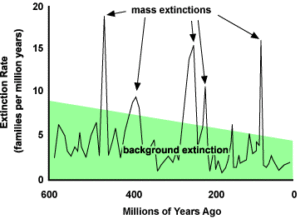
- Extinctions: If an asteroid impact had actually caused a global ecological disaster, it would have led to the sudden extinction of many different groups. Thus, if the asteroid hypothesis were correct, we would expect to find many extinctions in the fossil record that line up exactly with the KT boundary, and fewer that occurred in the millions of years leading up to the end of the Cretaceous.
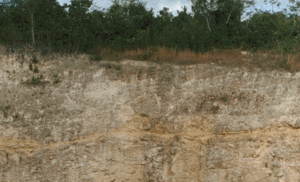
- Impact debris: If a huge asteroid had struck Earth at the end of the Cretaceous, it would have flung off particles from the impact site. Thus, if the asteroid hypothesis were correct, we would expect to find particles from the impact site in the KT boundary layer.
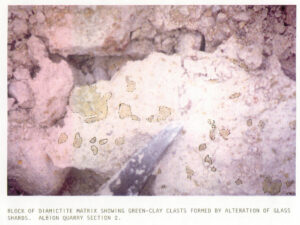
- Glass: If a huge asteroid had struck Earth at the end of the Cretaceous, it would have generated a lot of heat, melting rock into glass, and flinging glass particles away from the impact site. Thus, if the asteroid hypothesis were correct, we would expect to find glass from the impact at the KT boundary.
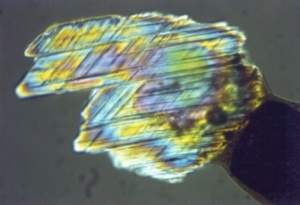
- Shockwaves: If a huge asteroid had struck Earth at the end of the Cretaceous, it would have generated powerful shockwaves. Thus, if the asteroid hypothesis is correct, we would expect to find evidence of these shockwaves (like telltale grains of quartz with deformations caused by the shock) at the KT boundary.
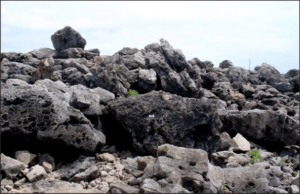
- Tsunami debris: If a huge asteroid had struck one of Earth’s oceans at the end of the Cretaceous, it would have caused tsunamis, which would have scraped up sediments from the bottom of the ocean and deposited them elsewhere. Thus, if the asteroid hypothesis were correct, we would expect to find debris beds from tsunamis at the KT boundary.
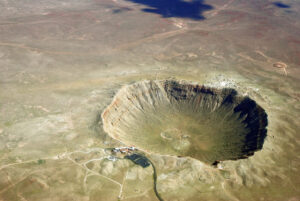
- Crater: If a huge asteroid had struck Earth at the end of the Cretaceous, it would have left behind a huge crater. Thus, if the asteroid hypothesis were correct (and assuming that the crater was not subsequently destroyed by tectonic action), we would expect to find a gigantic crater somewhere on Earth dating to the end of the Cretaceous.
The evidence relevant to each of these expectations is complex (each is a lesson in the nature of science on its own!) and involved the work of scientists all around the world. The upshot of all that work, discussion, and scrutiny was that most lines of evidence seemed to be consistent with the asteroid hypothesis. The KT boundary is marked by impact debris, bits of glass, shocked quartz, tsunami debris — and of course, the crater.
The hundred-mile-wide Chicxulub crater is buried off the Yucatan Peninsula. Shortly after Alvarez’s team published their asteroid hypothesis in 1980, a Mexican oil company had identified Chicxulub as the site of a massive asteroid impact. However, since the discovery was made in the context of oil exploration, it was not widely publicized in the scientific literature. It wasn’t until 1991 that geologists connected the relevant observations (e.g., quirks in the pull of gravity near Chicxulub) with the asteroid hypothesis.
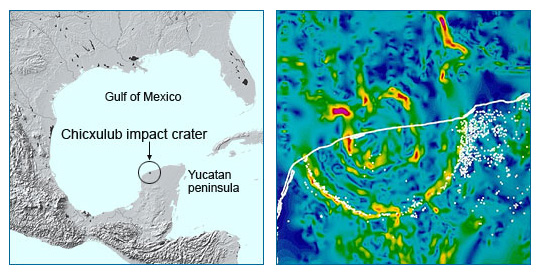
Chicxulub might seem to be “the smoking gun” of the dinosaur extinction (as it has sometimes been called) — but in fact, it is far from the last word on the asteroid hypothesis …
